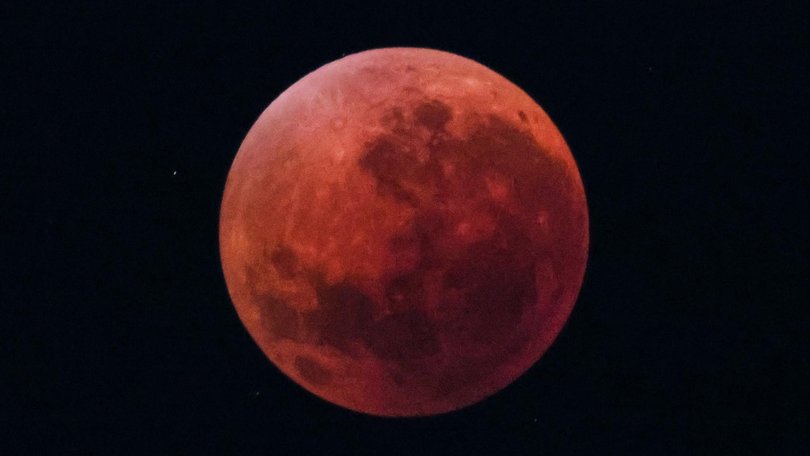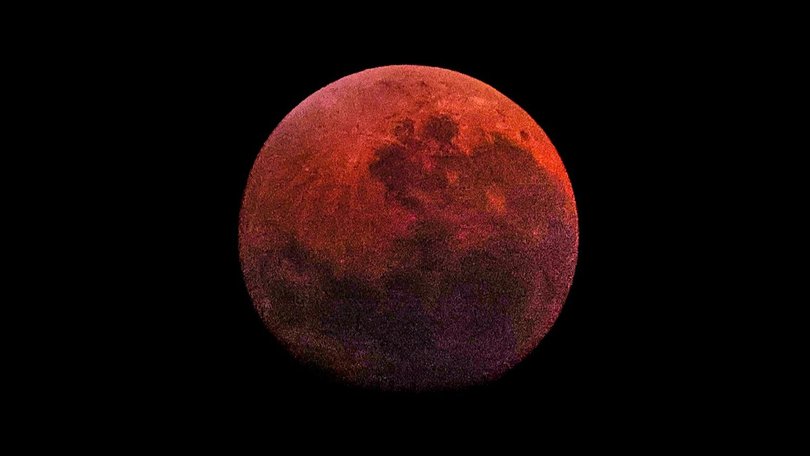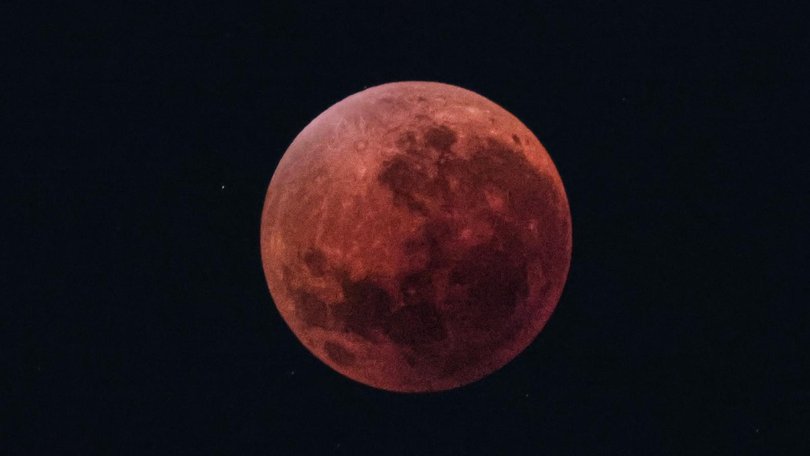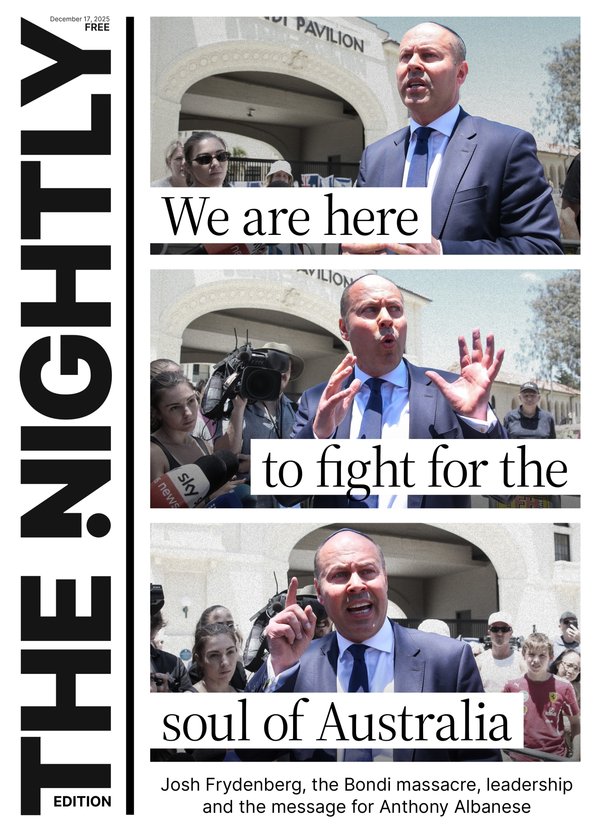Blood Moon: Australians rise early to witness fiery lunar eclipse

Australians woke early on Monday morning to witness one of nature’s most spectacular shows, a blood moon total lunar eclipse that lit up skies across the country.
From Sydney to Perth, sky watchers gathered as the moon slipped into Earth’s shadow, transforming into a deep red orb that left stargazers in awe.

Sign up to The Nightly's newsletters.
Get the first look at the digital newspaper, curated daily stories and breaking headlines delivered to your inbox.
By continuing you agree to our Terms and Privacy Policy.For many, the event was more than worth the lost sleep, with photos and videos flooding social media feeds within minutes of the eclipse reaching its peak.
The eclipse began just after 2am AEST, with totality, when Earth’s shadow completely covered the moon, lasting from 3.31am until 4.53am.
While early risers across Australia had clear views, those in the eastern states missed the eclipse’s final phase, as the moon dipped below the horizon with the sunrise.
The University of Sydney astronomer Laura Driessen explained the striking transformation.
“When the moon is fully inside the Earth’s atmosphere, only really the red light manages to hit it, and that’s why it looks red,” Dr Driessen said.

Adding to the drama of the night sky, Saturn shone brightly near the moon, making the event a picture-perfect photo opportunity for amateur astronomers and casual sky watchers alike.
While lunar eclipses happen “every year or two” globally, Dr Driessen said this was the last big chance for Australians for some time.
She said Monday morning’s blood moon was “the best one for everyone in Australia until the end of 2028”.
The next total lunar eclipse visible from Australia will take place on March 3, 2026.
Originally published as Australians rise early to witness rare blood moon in fiery lunar eclipse
